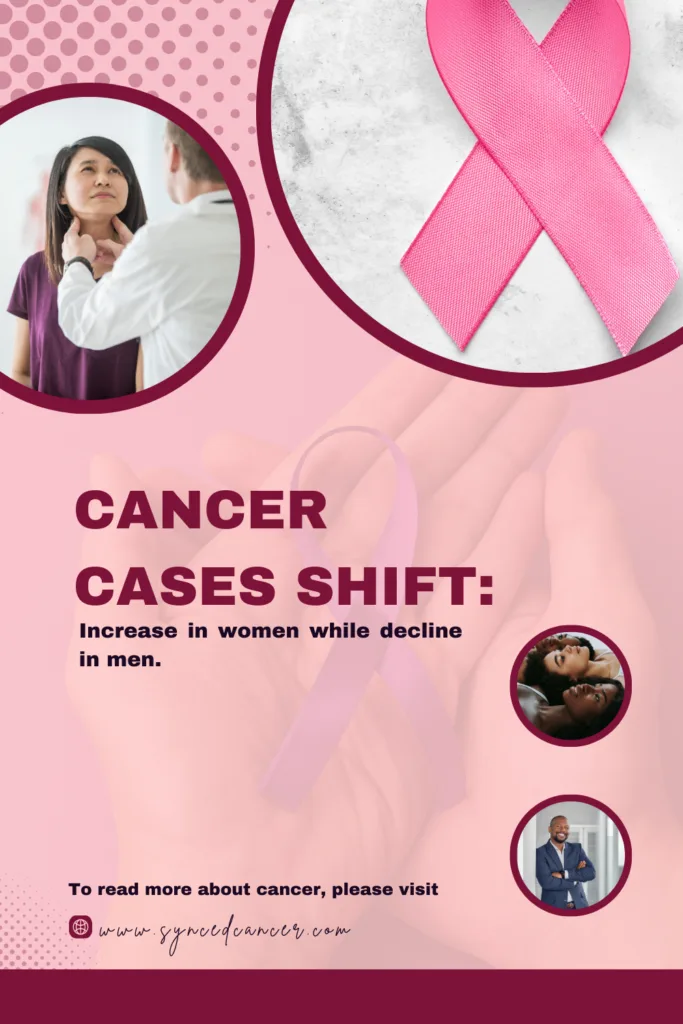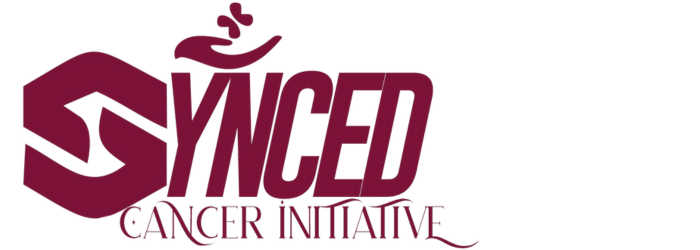Cancer cases rates are playing musical chairs, and guess what? Women are getting the short end of the stick. Back in 1992, men had a significantly higher risk of being diagnosed with cancer—1.6 times more likely than women. But fast forward to 2021, and the gap has nearly closed.
And just when we thought cancer was mainly an “old people’s” problem, the stats are shifting to younger adults. This change, according to the American Cancer Society, reflects a growing cancer burden in women and younger adults, even as rates in men have steadily declined.
One striking revelation is that, women aged 50 to 64 now have higher cancer cases rates than their male counterparts for the first time in recorded history. It gets even wilder for women under 50—they have an 82% higher chance of being diagnosed with cancer cases than men their age. For context, this was just 51% in 2002.
Experts point to rising cancer cases of breast and thyroid in younger women as significant contributors, while men under 50 have seen declining rates of melanoma, non-Hodgkin lymphoma, and prostate cancer over the past two decades.
The shift is particularly evident in lung cancer cases. Women under 65 now face a greater risk of developing lung cancer than men, likely due to delayed patterns in smoking. Women were slower to take up heavy smoking in earlier generations and slower to quit, which has created a lag in declining lung cancer rates for women compared to men.
Despite the increase in cancer cases, there’s a bright spot: fewer people are dying from cancer, more cancer cases don’t mean more deaths. While cancer cases are expected to hit 2,041,910 in 2023—slightly more than last year—the mortality rate has dropped by 34% since 1991 due to advancements in early detection, treatment, and a decline in smoking.
Advanced Treatments like immunotherapy, genetic sequencing, and innovative drugs are making treatments more effective and less grueling. Also, decreased smoking also brings a lots of improvement as fewer smokers mean fewer cancer-related deaths.

Why Is Cancer Hitting Younger Women Harder?
The truth? There’s no single answer. But experts are pointing to a mix of factors:
Cancer is not as a result of old age or witchcraft, but half of the causes of these cancer cases were as result of lifestyle. There are seven different cancers associated with alcohol intake. It’s no secret that ultra-processed foods, sedentary habits, and increased alcohol consumption are taking a toll. These lifestyle shifts are boosting cancer risks, particularly in women.
“Obesity has officially replaced smoking as the biggest cancer risk factor”. According to American Cancer Society, excess body weight causes twice as many cancer cases in women as in men. Cancers like endometrial cancer, strongly linked to obesity, are now rising in younger women in their 40s and 50s, rather than in older generations. There are 13 different cancers associated with being overweight.
Environmental factors aren’t off the hook either. Radon gas, a sneaky radioactive substance found in some homes, is a major cause of lung cancer for non-smokers. Add in air pollution, and you’ve got a not-so-great recipe for rising cancer cases.
What Can We Do? Prevention Is Still in Our Hands
The good news is that many of these risks can be mitigated through preventive measures. Half of all cancer cases are tied to lifestyle choices. That means there’s a lot we can do to lower our risks:
- Eat better: Cut down on ultra-processed foods.
- Move more: Exercise isn’t just good for your heart—it helps prevent cancer too.
- Drink less: Alcohol is linked to seven types of cancer.
- Maintain a healthy weight: Obesity-related cancers are becoming increasingly common.
“We’ve known for a while that healthy eating and an active lifestyle reduce the risk of heart disease and diabetes. Now, it’s time to make the same connection with cancer.”
While the rise in cancer cases among women and younger people is concerning, it’s also a call to action. Armed with better knowledge and tools, individuals can take proactive steps to reduce their risk and live healthier, longer lives.
Reference
NBC News – Cancer cases increasing in women while declining in men: report
Accessed 22nd January, 2025











What do you think?
It is nice to know your opinion. Leave a comment.